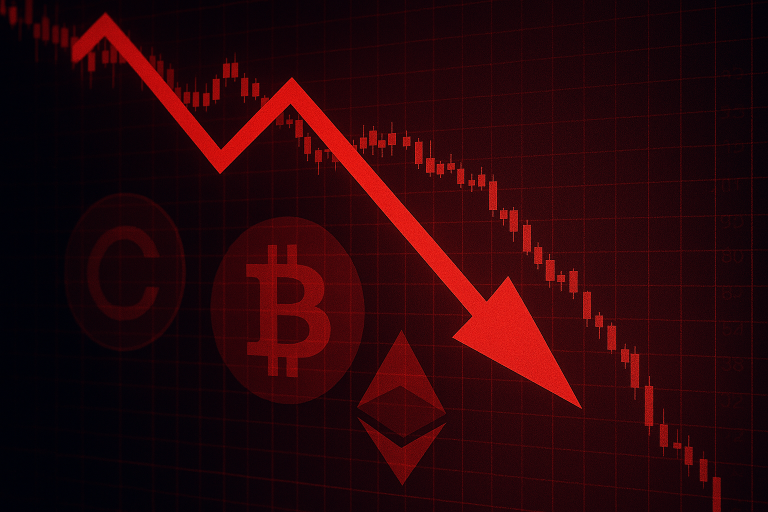
Introduction to Sustainable Living
Sustainable living is becoming increasingly vital as we face the consequences of climate change, pollution, and resource depletion. By 2025, we expect to see significant advancements in sustainable practices that focus on reducing environmental impact while promoting a healthier lifestyle.
Trend 1: Eco-Friendly Products
The demand for eco-friendly products is on the rise. Consumers are becoming more aware of the impact their purchases have on the environment. In 2025, we expect to see a wider range of biodegradable and sustainable materials used in everyday products, from household items to clothing. Brands that prioritize sustainability will likely gain a competitive edge, as discussed in our article on urban trends for 2025.
Trend 2: Renewable Energy Adoption
As technology evolves, the adoption of renewable energy sources is expected to accelerate. By 2025, solar panels and wind turbines will become more affordable and efficient, allowing more households to transition to renewable energy. This shift not only helps the environment but also reduces energy costs in the long run, which is a key aspect of sustainable living.
Trend 3: Urban Gardening and Green Spaces
Urban gardening is gaining popularity as cities become more congested and green spaces diminish. By 2025, we anticipate a rise in vertical gardens, rooftop farms, and community gardening initiatives. These practices not only provide fresh produce but also enhance urban biodiversity and improve air quality.
Trend 4: Sustainable Transportation
The transportation sector is undergoing a transformation with the rise of electric vehicles (EVs) and public transportation options. By 2025, we expect to see more cities implementing bike-sharing programs and extensive EV charging networks, encouraging a shift towards greener commuting options.
Conclusion
Sustainable living is more than a trend; it is a necessity for the future of our planet. As we move towards 2025, embracing eco-friendly practices, renewable energy, urban gardening, and sustainable transportation will be crucial in fostering a healthier environment for generations to come.




